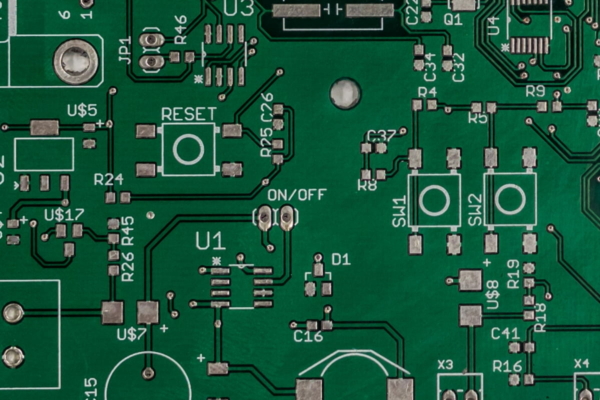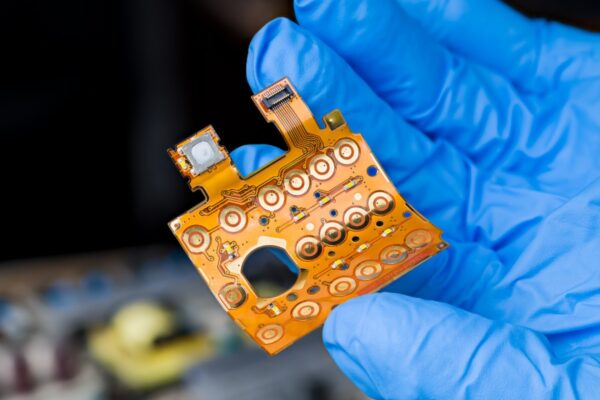What is Clad
Clad is the process of applying a layer of copper onto one or both sides of a PCB substrate. This process, known as copper cladding or copper clad, is essential in creating a conductive surface for the PCB. By bonding a layer of copper onto the substrate using a lamination process, the PCB gains the ability to establish electrical connections between components and traces on the board.
Copper clad laminate (CCL) is a specific type of PCB material that consists of a substrate, such as glass fiber or wood pulp paper, with a layer of copper cladding on one or both sides. The copper layer acts as a conductor, allowing the flow of electrical current throughout the PCB. This conductivity is crucial for the proper functioning of the PCB and the transmission of electrical signals.
Additionally, the choice of copper clad laminate with appropriate thermal properties is vital in high-density electronic assemblies. Good heat dissipation is necessary to ensure the reliability and performance of the entire PCB assembly. Selecting a copper clad laminate with suitable thermal properties is crucial in preventing overheating and potential failures.





